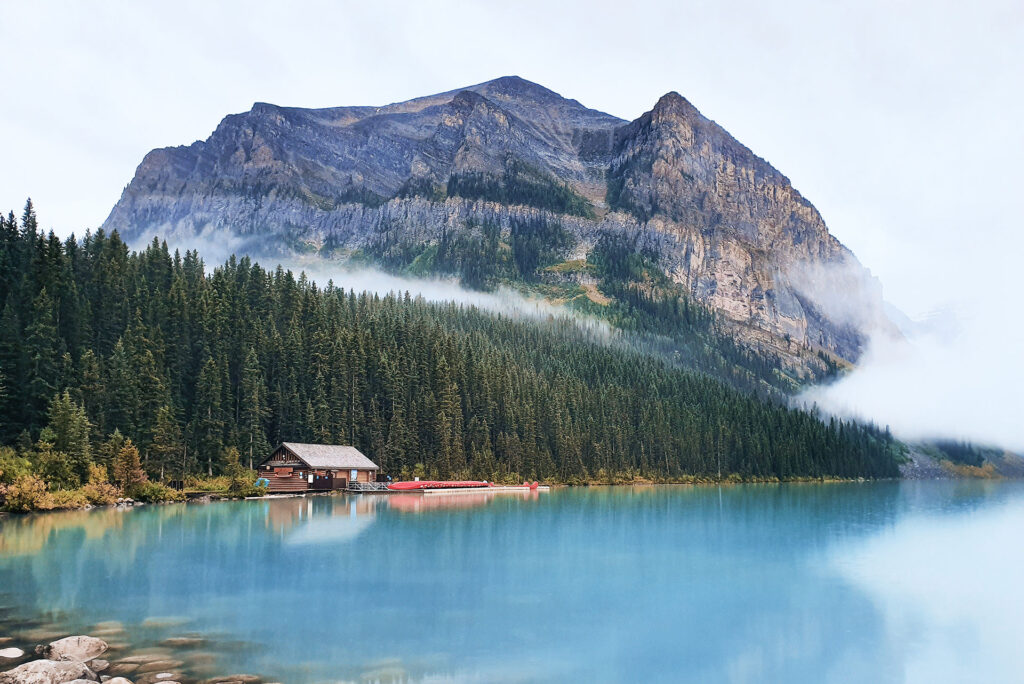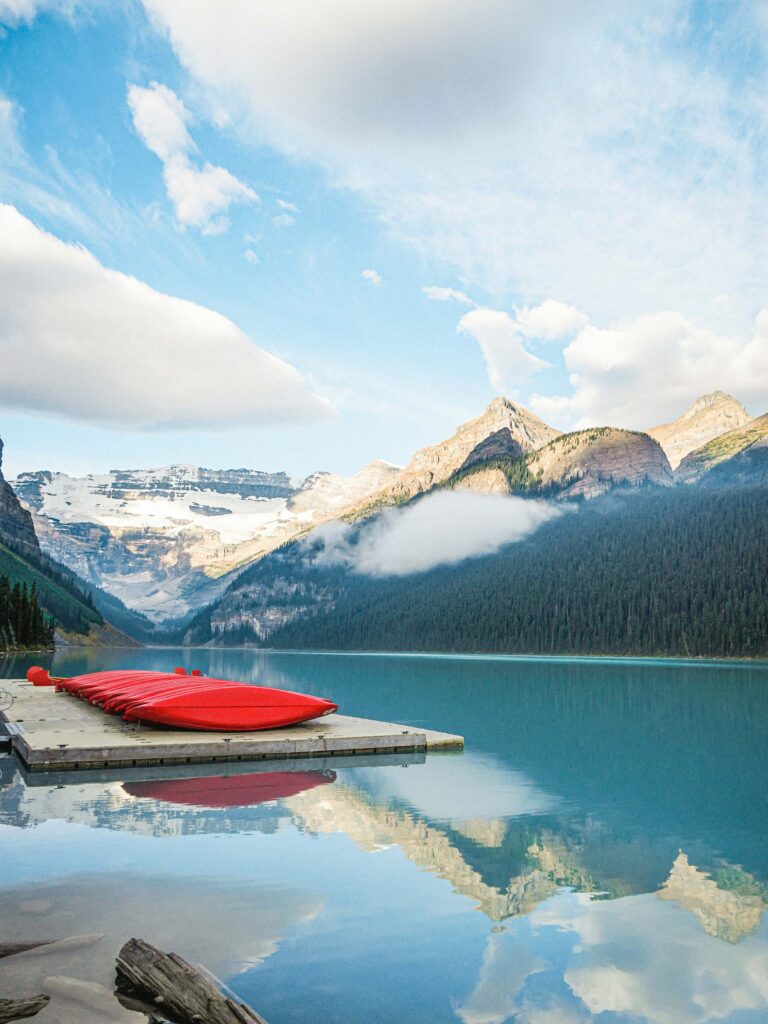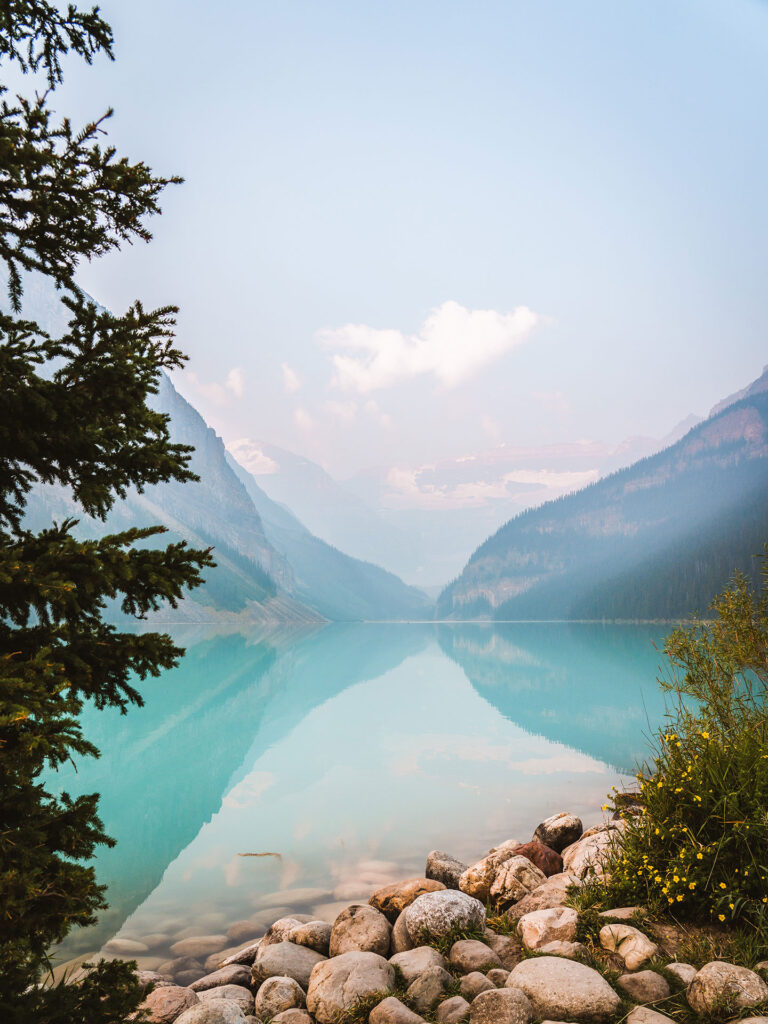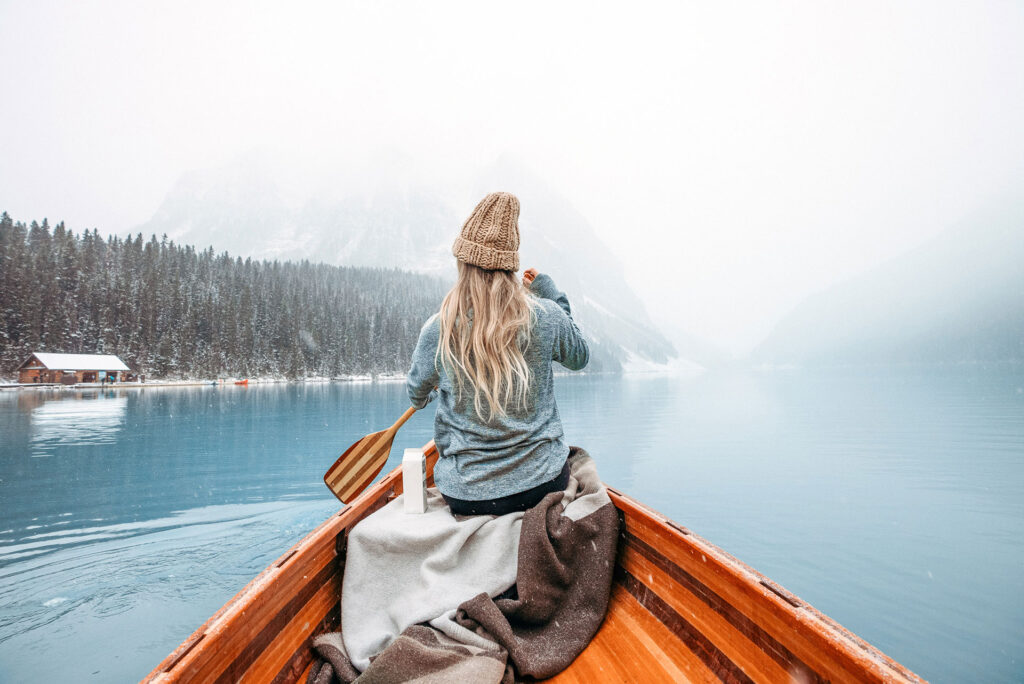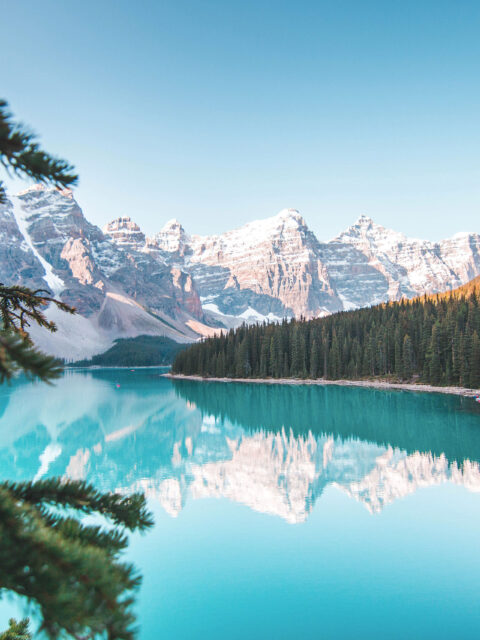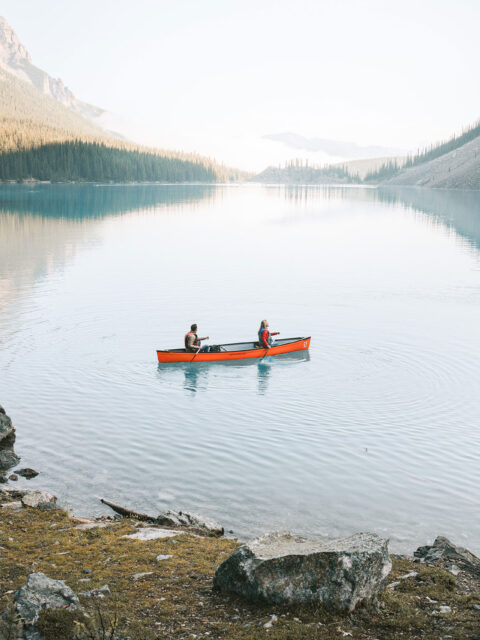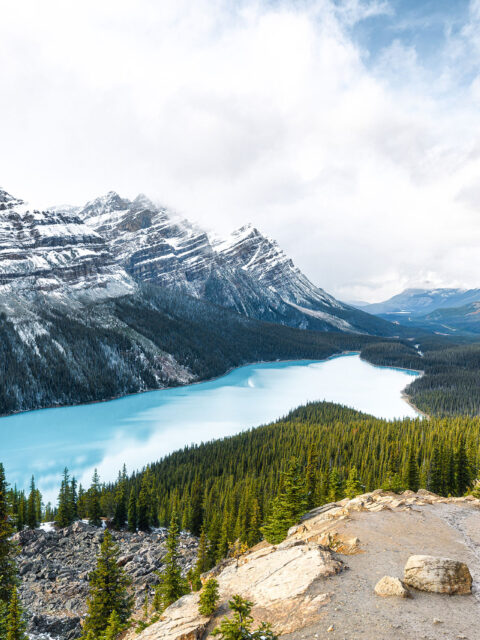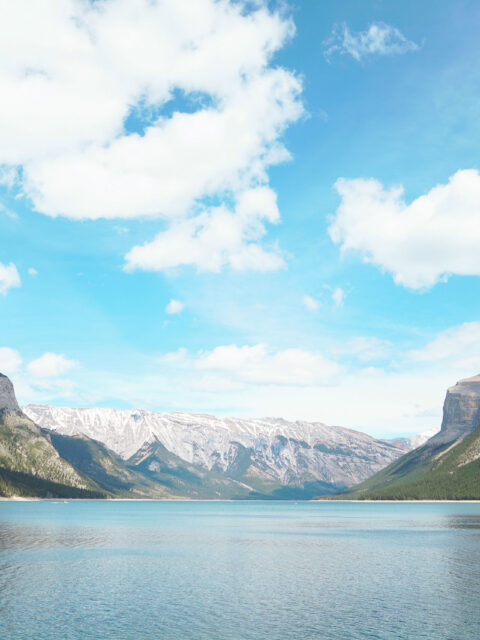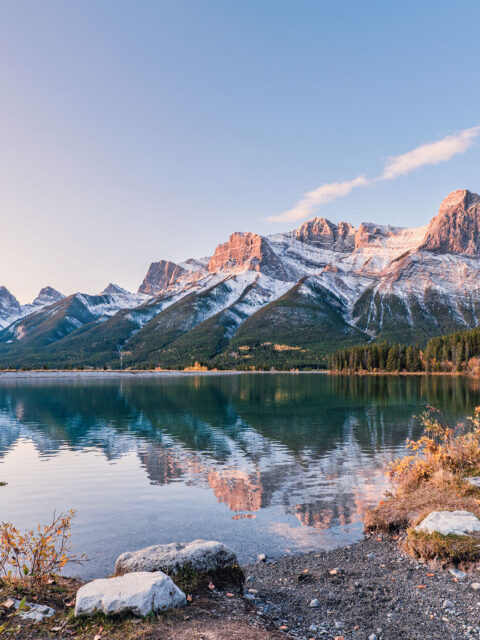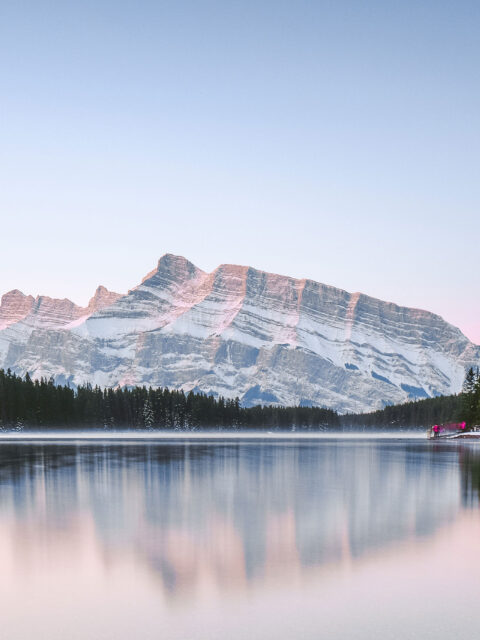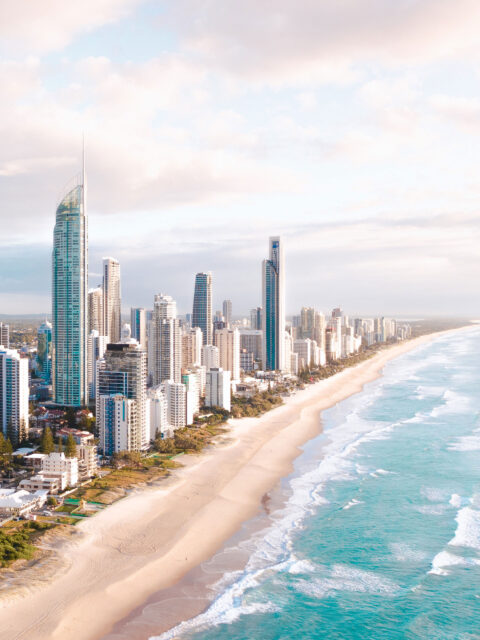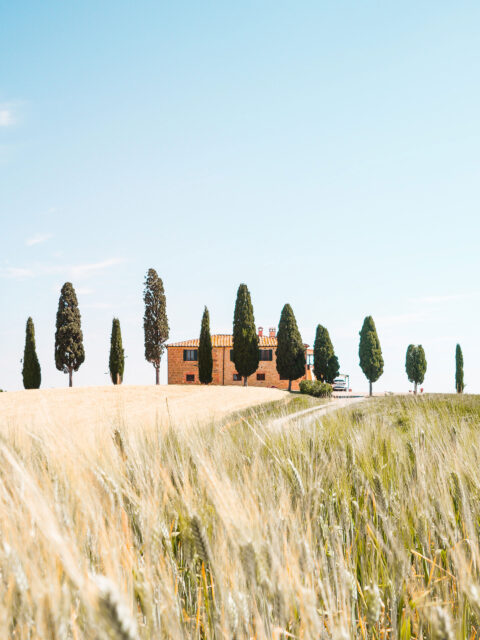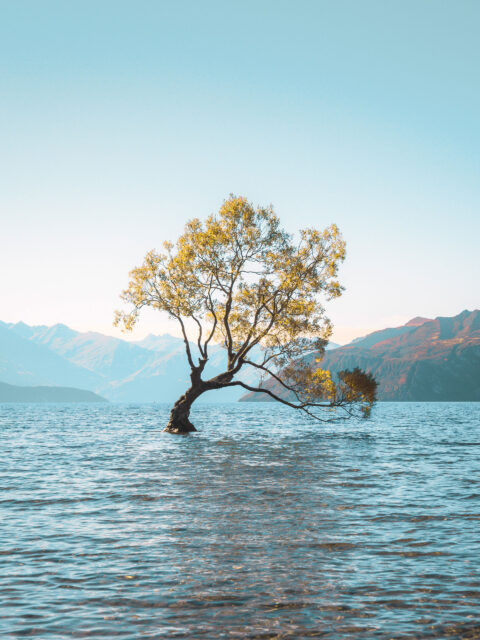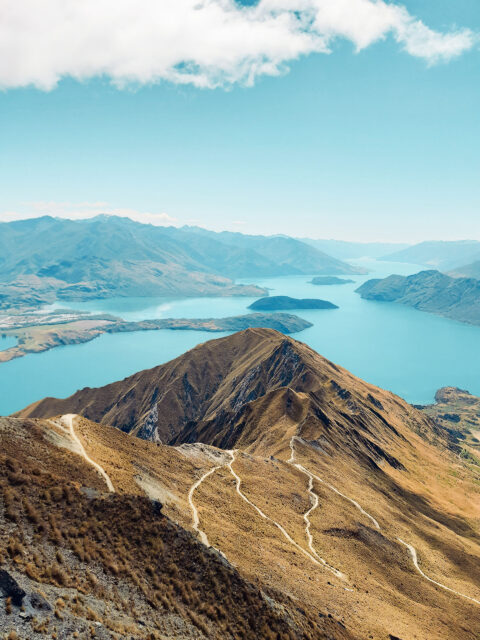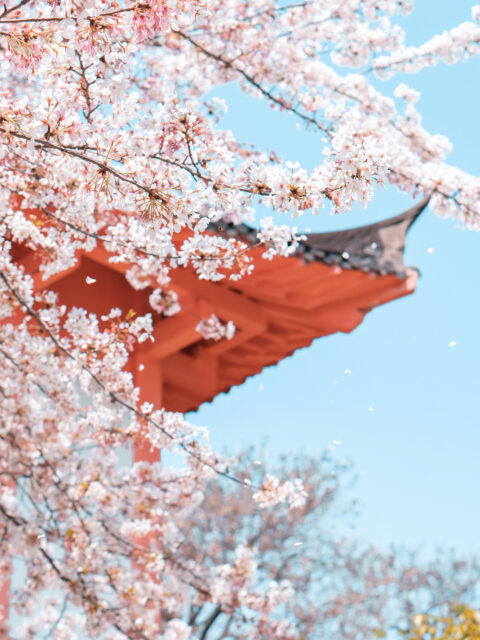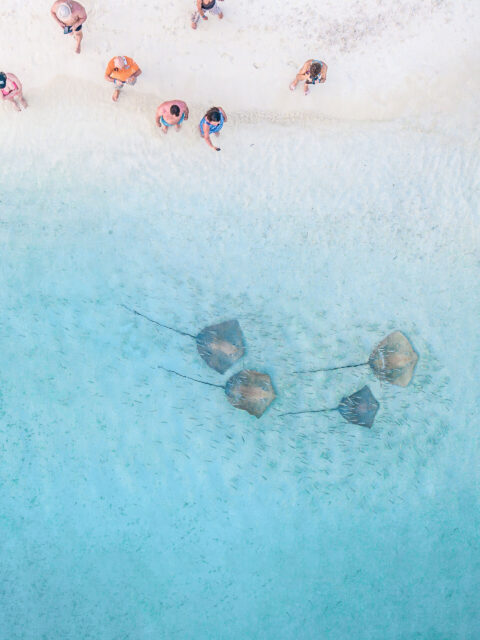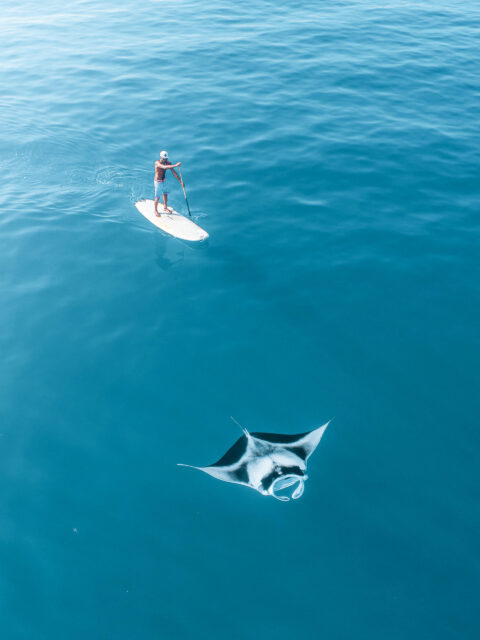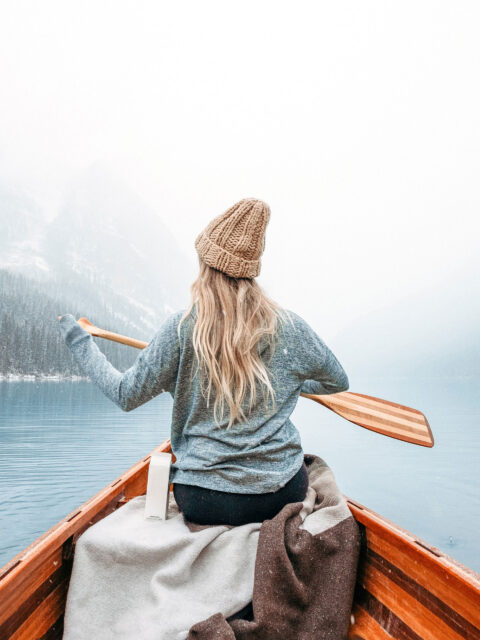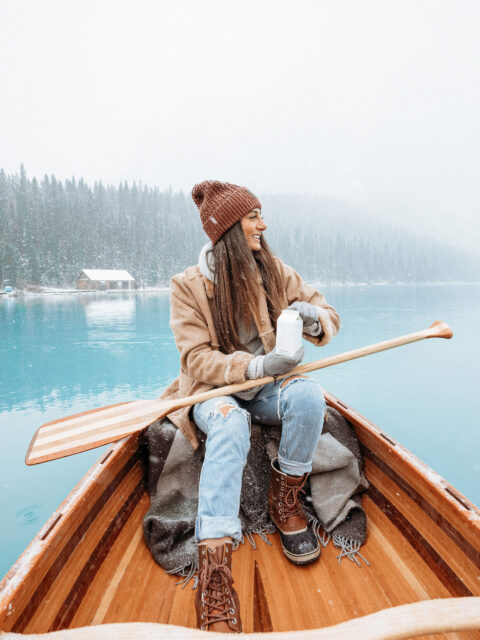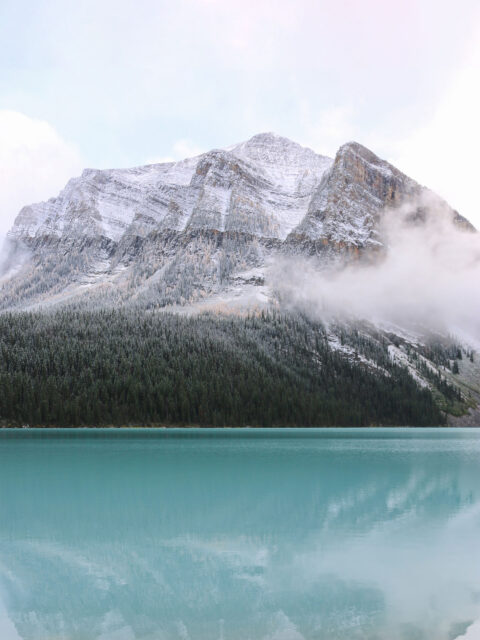The Ultimate Guide to Photographing Puffins and Picturesque Landscapes
Photographing puffins
Iceland is known for its stunning landscapes and abundant wildlife, making it a dream destination for photographers. One of the most popular subjects to photograph in Iceland is the adorable puffin, but the country’s picturesque landscapes also offer countless opportunities for breath-taking shots. Here is the ultimate guide to photographing puffins and picturesque landscapes in Iceland.
Choose the right time to visit:
Puffins can be found in Iceland from mid-May to early August, with peak viewing and photographing opportunities in June and July when they breed. Planning your trip during this time will increase your chances of capturing these beautiful birds in action. Additionally, the summer months offer long daylight hours, allowing for more opportunities to explore and photograph Iceland’s landscapes.
Research puffin locations:
Several locations in Iceland are known to be home to large puffin colonies, including the Westman Islands, Dyrhólaey, and Látrabjarg. Do your research beforehand to determine which locations will offer the best opportunities for puffin photography during your visit.
Use the right gear:
To capture the intricate details and vibrant colors of puffins, you’ll need a camera with a telephoto lens. A 300mm or 400mm lens is ideal for getting close-up shots without disturbing the birds. A tripod can also be useful for keeping your camera steady, especially when shooting in low light conditions.
Be patient and respectful:
Puffins are relatively small birds and can be easily spooked. Approach their nesting areas slowly and quietly, and keep a respectful distance to avoid disturbing them. Patience is key when photographing wildlife, as you may need to wait for the perfect moment to capture that unique pose or behavior.
Watch the light:
Lighting is crucial for any type of photography, and Iceland offers some extraordinary light conditions. The country’s northern latitude means the sun can stay low in the sky during the summer months, casting a beautiful golden glow across the landscapes. Take advantage of the soft, directional light during the early morning or late evening hours to capture stunning landscapes.
Explore the diverse landscapes:
Iceland is known for its diverse landscapes, ranging from glaciers and waterfalls to lava fields and black sand beaches. Take the time to explore different areas of the country to capture the unique beauty of each location. Some popular landscape photography spots include the Golden Circle, Skógafoss Waterfall, Jökulsárlón Glacier Lagoon, and the Snæfellsnes Peninsula.
Capture the magic of the midnight sun:
During the summer months in Iceland, the sun can stay above the horizon for almost 24 hours, creating a phenomenon known as the midnight sun. This provides an opportunity to capture ethereal landscapes bathed in a golden light, even in the middle of the night. Experiment with long exposures to create dreamy images of the surreal Icelandic landscapes.
Bring appropriate clothing and gear:
Iceland’s weather can be unpredictable, even during summer. Be prepared for changing conditions by bringing layers, waterproof clothing, and sturdy footwear. Additionally, pack protective gear for your camera, such as a rain cover or plastic bag, to shield it from the occasional rain showers or sea spray.
Respect nature and wildlife:
Iceland’s pristine landscapes and wildlife should be treated with respect and care. Avoid stepping off designated paths or disturbing delicate ecosystems. When photographing puffins, always prioritize the well-being of the birds over capturing the perfect shot. Remember that wildlife photography should never come at the expense of the subjects’ welfare.
Edit and share your photos:
Once you’ve returned home with your collection of stunning puffin and landscape shots, take the time to edit and enhance your images. Post-process your photos using software like Adobe Lightroom or Capture One to bring out the best in your captures. Finally, share your images with the world, whether it’s through social media platforms or by printing and displaying them in your home.
Photographing puffins and picturesque landscapes in Iceland is an unforgettable experience for any photographer. With proper planning, the right gear, and a respectful approach to nature, you’ll capture images that truly showcase the beauty of this incredible country.
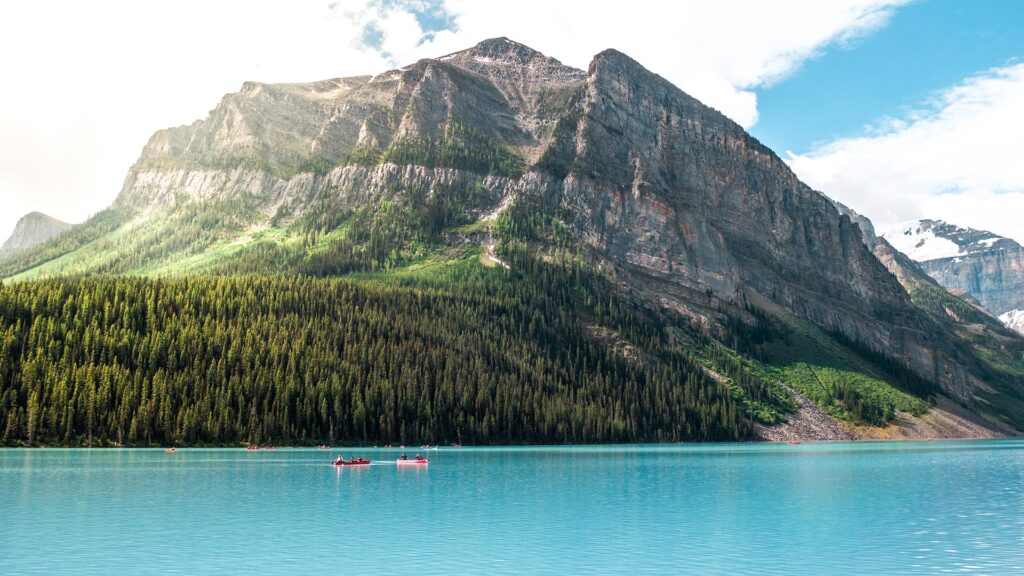
The risks
Photographing puffins and picturesque landscapes in Iceland can be a rewarding experience, but there are also some risks to consider. Here are a few:
- Unpredictable Weather: Iceland is known for its ever-changing weather patterns. It can be sunny one moment and stormy the next. This can make it challenging to plan your photography sessions and may limit your opportunities to capture the desired shots.
- Slippery and Uneven Terrain: Many of the locations where puffins and landscapes can be found in Iceland involve uneven or rocky terrain. Slipping and falling is a real risk, especially in wet or icy conditions. It is important to be cautious and choose appropriate footwear for these conditions.
- Puffin Nests: Puffins nest in colonies in cliff edges along the coastlines. Getting close to these nesting sites may disturb the birds or their nests if not done with care. Puffins can also become aggressive if they perceive a threat to their nests or chicks. It is important to respect their space and keep a safe distance.
- Unstable Cliffs and Coastal Conditions: Iceland’s coastal cliffs can be unstable and subject to erosion. It is essential to follow established paths and not venture too close to the cliff edges, as there is a risk of landslides or falling rocks. Coastal areas can also experience strong winds and unpredictable waves, posing a hazard to photographers.
- Remote Locations: Some picturesque landscapes in Iceland are located in remote and isolated areas. This means limited access to facilities, communication, and emergency services. Extra caution is required, such as informing someone about your plans, carrying appropriate safety gear, and being prepared for unexpected circumstances.
To minimize these risks, it is advisable to research and plan your photography trips carefully. Check weather forecasts, wear appropriate clothing and footwear, respect wildlife and their habitats, and exercise caution in unfamiliar or hazardous environments. Ultimately, with proper preparation and safety measures, you can capture amazing photographs of puffins and Iceland’s stunning landscapes.
All journeys have secret destinations of which the traveller is unaware.
Martin Buber







